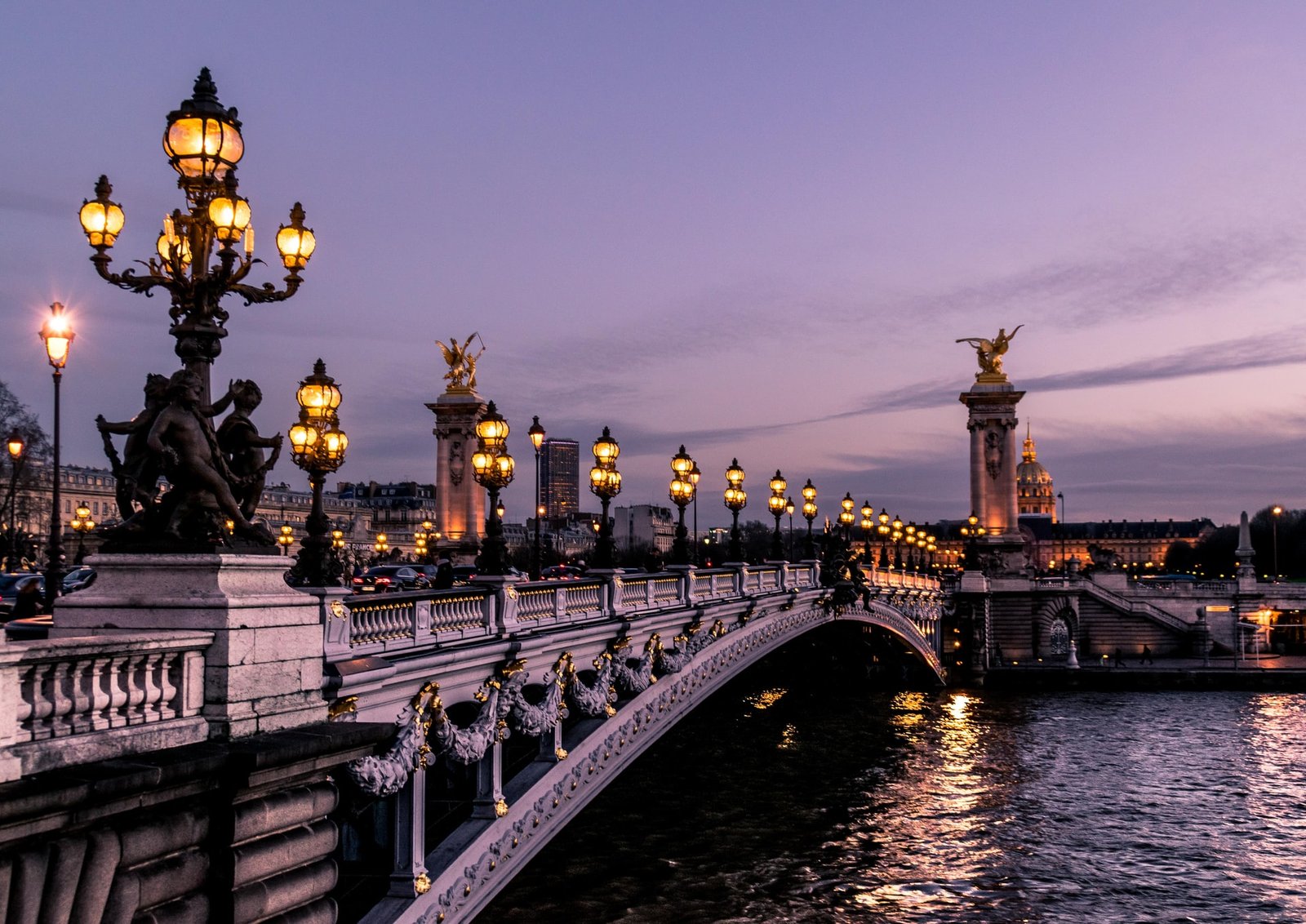Tea, a beverage that has transcended geographical boundaries, holds a special place in the hearts and cups of people worldwide.
From the elegant tea ceremonies in Japan to the robust chai enjoyed in India, tea is more than just a drink; it’s a cultural experience. In this exploration, we’ll delve into the diverse world of tea, uncovering the unique traditions and variations that make it a global phenomenon.
1. The Japanese Tea Ceremony: An Artful Ritual
Japan, a country known for its rich cultural heritage, takes tea to an entirely different level with the revered Japanese Tea Ceremony. This traditional ritual, known as “Chanoyu” or “Sadō,” is a profound art form that goes beyond just sipping tea. It’s an intricate dance of precision and grace, emphasizing harmony, respect, purity, and tranquility.
The Tea Room
The venue for the Japanese Tea Ceremony is a carefully designed tea room, known as the “chaji.” These rooms are simple yet elegant, with tatami mat floors and a minimalistic aesthetic. The setting is essential to create an atmosphere conducive to mindfulness and connection.
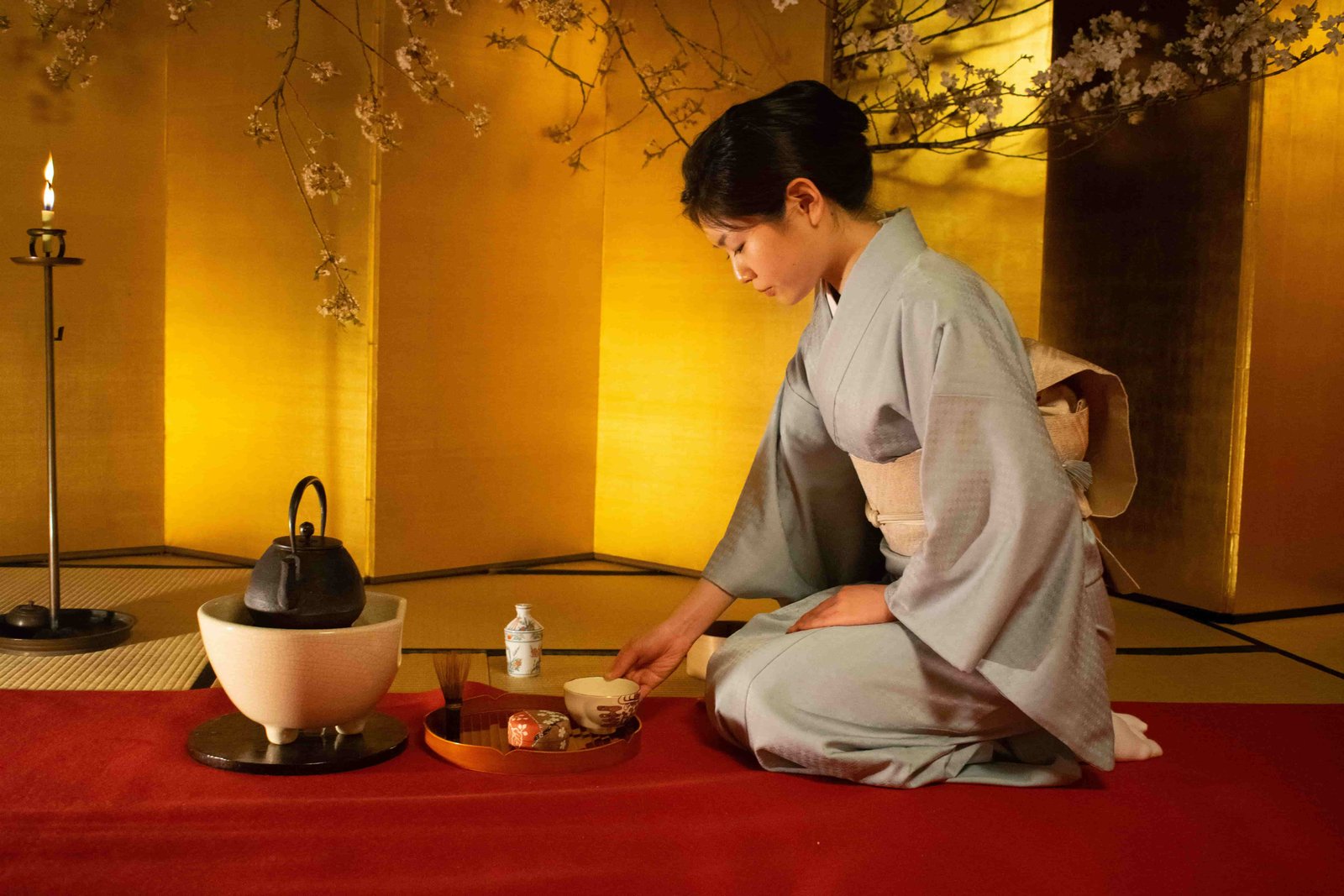
Matcha, the Heart of the Ceremony
At the core of the Japanese Tea Ceremony is matcha, a finely ground powdered green tea. As one of the classic Japanese green teas, matcha is meticulously prepared and served in a ceremonial manner, symbolizing the beauty of simplicity and the appreciation of the present moment. The act of whisking the matcha to perfection is an art in itself, creating a frothy and vibrant beverage.
Rituals and Etiquette
Participating in a Japanese Tea Ceremony involves adhering to a set of rituals and etiquettes. From the way the tea is poured to the specific manner in which it is received, every movement has significance. This attention to detail fosters a sense of mindfulness and respect among participants, turning the act of drinking tea into a harmonious communal experience.
2. The British Afternoon Tea: Elegance in a Cup
While Japan embraces the meditative and ritualistic side of tea, the British have cultivated their own unique tea culture, centered around the famed afternoon tea. Originating in the 1840s, afternoon tea became a fashionable social event, providing a delightful break in the day.
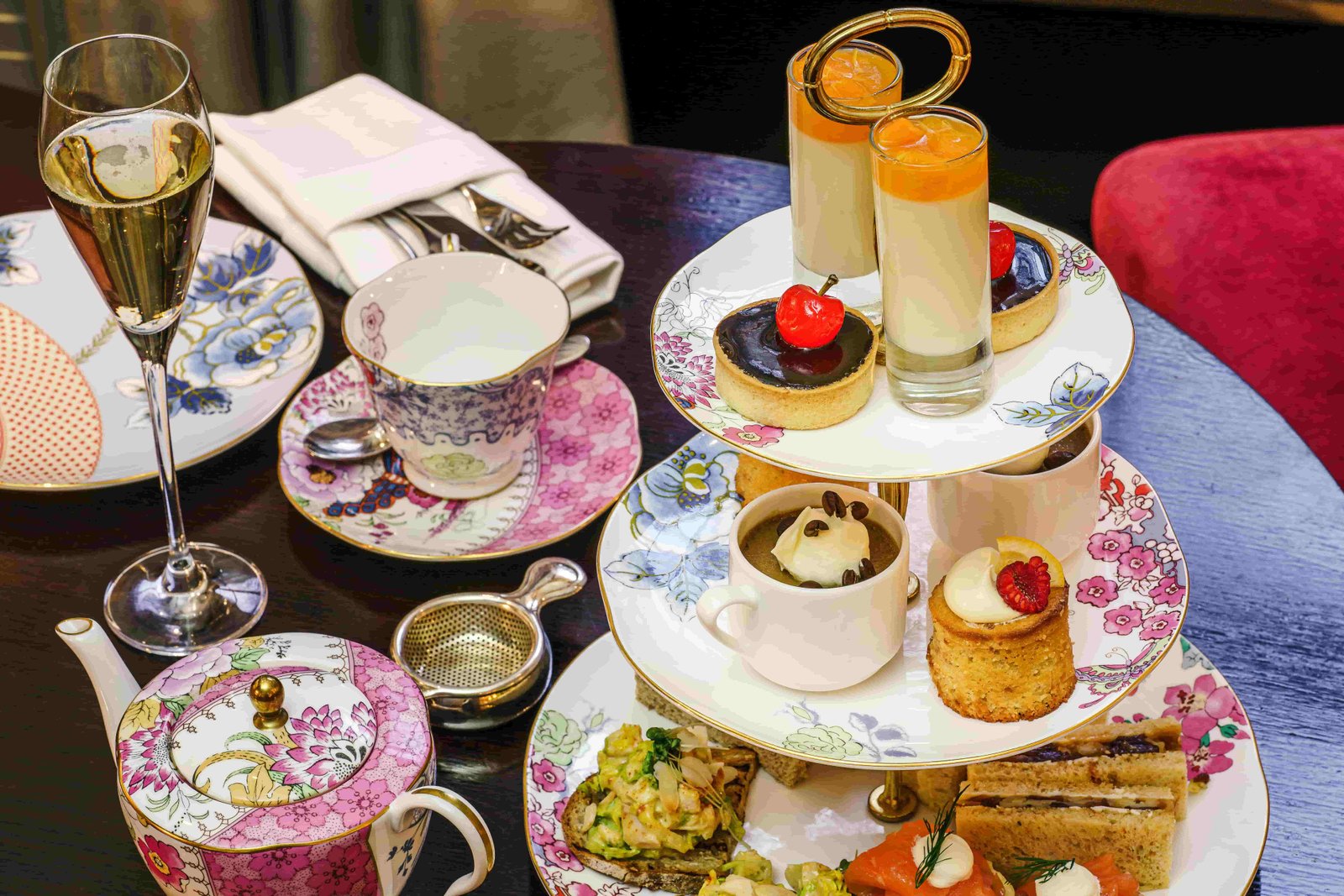
Tea and Scones
A quintessential element of British afternoon tea is the pairing of tea with delectable pastries, especially scones. Served with clotted cream and jam, these warm, flaky treats complement the rich flavor of black tea. The practice of taking time in the afternoon for tea and scones has become a cherished tradition, symbolizing refinement and camaraderie.
The Role of Tea in British Culture
Tea has seamlessly woven itself into the fabric of British culture, extending beyond the formal afternoon tea setting. The “tea break” is a common practice in workplaces, providing a moment of respite and connection amidst busy schedules. The Brits, known for their love of a good cuppa, have made tea a symbol of comfort and hospitality.
3. The Chinese Tea Culture: A Tapestry of Flavors
China, often hailed as the birthplace of tea, boasts a tea culture that spans thousands of years. The Chinese approach to tea is diverse, with a vast array of tea varieties, each with its unique preparation method and flavor profile.
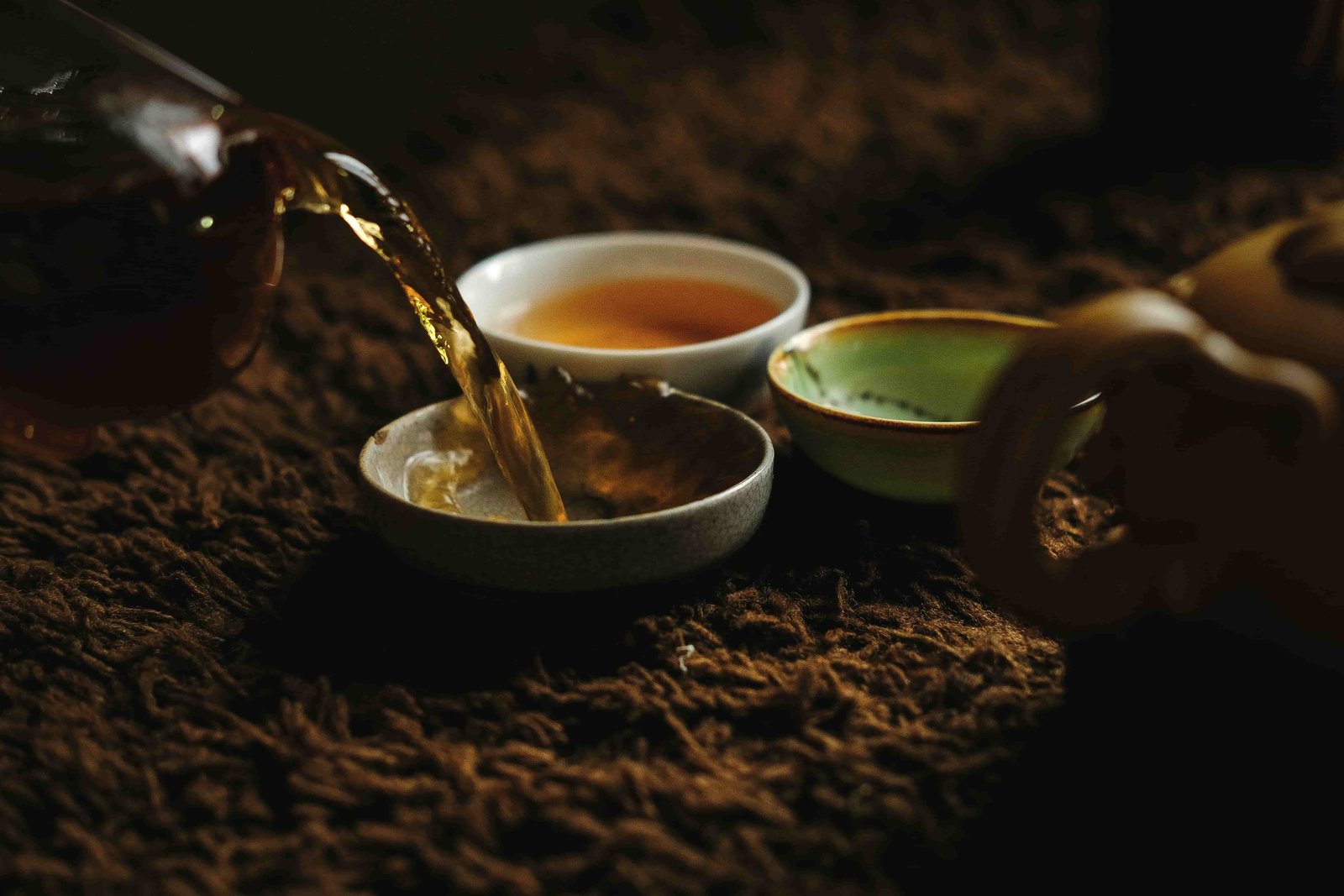
Types of Chinese Tea
From the delicate and floral white tea to the robust and earthy pu-erh tea, China offers a spectrum of tea varieties. Oolong tea, with its partially oxidized leaves, strikes a balance between the freshness of green tea and the richness of black tea. Each type reflects the geography and climate of its region, creating a tapestry of flavors that cater to different preferences.
Gongfu Cha – The Art of Brewing
Central to Chinese tea culture is the practice of Gongfu Cha, an elaborate and precise method of tea brewing. Gongfu Cha emphasizes the use of small teapots, multiple short infusions, and controlled pouring techniques. This meticulous approach allows tea enthusiasts to savor the nuanced evolution of flavors with each infusion, transforming tea drinking into a sensory experience.
4. Chai in India: A Spiced Symphony
In India, tea transcends its beverage status and becomes a cultural phenomenon, especially with the popularity of chai. Chai, a spiced tea brewed with a blend of aromatic spices, holds a special place in the hearts of millions.
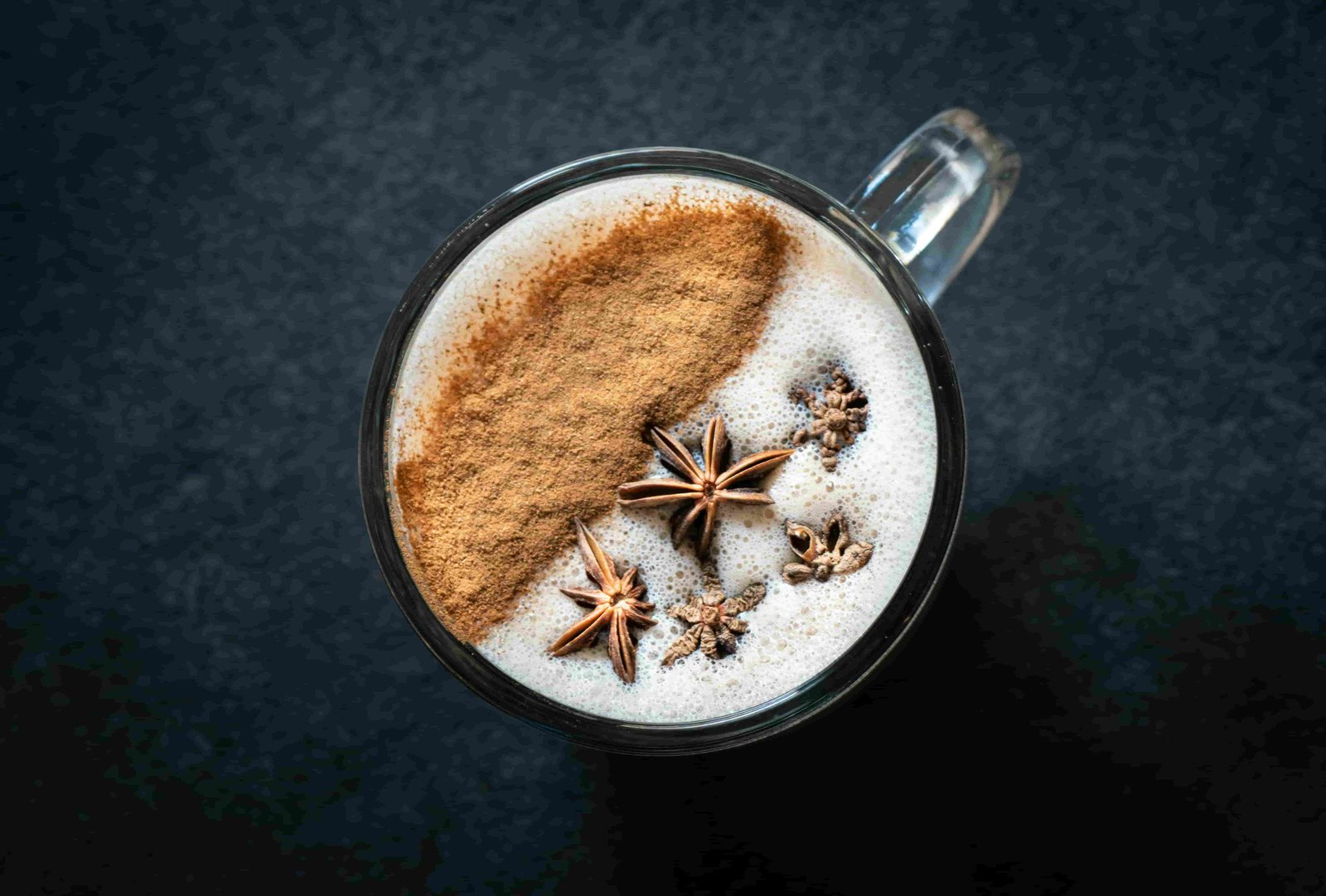
The Art of Chai Making
Chai-making in India is an art passed down through generations. The concoction typically includes black tea leaves, and spices such as cardamom, cinnamon, ginger, and cloves, and is brewed with milk and sugar. The result is a warm, flavorful cup that is not just a drink but an embodiment of Indian hospitality and warmth.
Chai in Social Settings
Chai is more than a daily ritual in India; it’s a social glue that binds communities. Street vendors and chaiwalas (tea sellers) are a common sight, providing a gathering place for people from all walks of life. Whether it’s in bustling cities or serene villages, chai serves as a catalyst for conversations and connections.
As we traverse the diverse landscapes of tea culture around the world, it becomes evident that tea is more than a beverage; it’s a reflection of history, tradition, and community. Whether it’s the serene precision of a Japanese Tea Ceremony, the refined elegance of British afternoon tea, the diverse flavors of Chinese tea, or the spiced symphony of Indian chai, each culture has woven its unique narrative into the tapestry of tea.
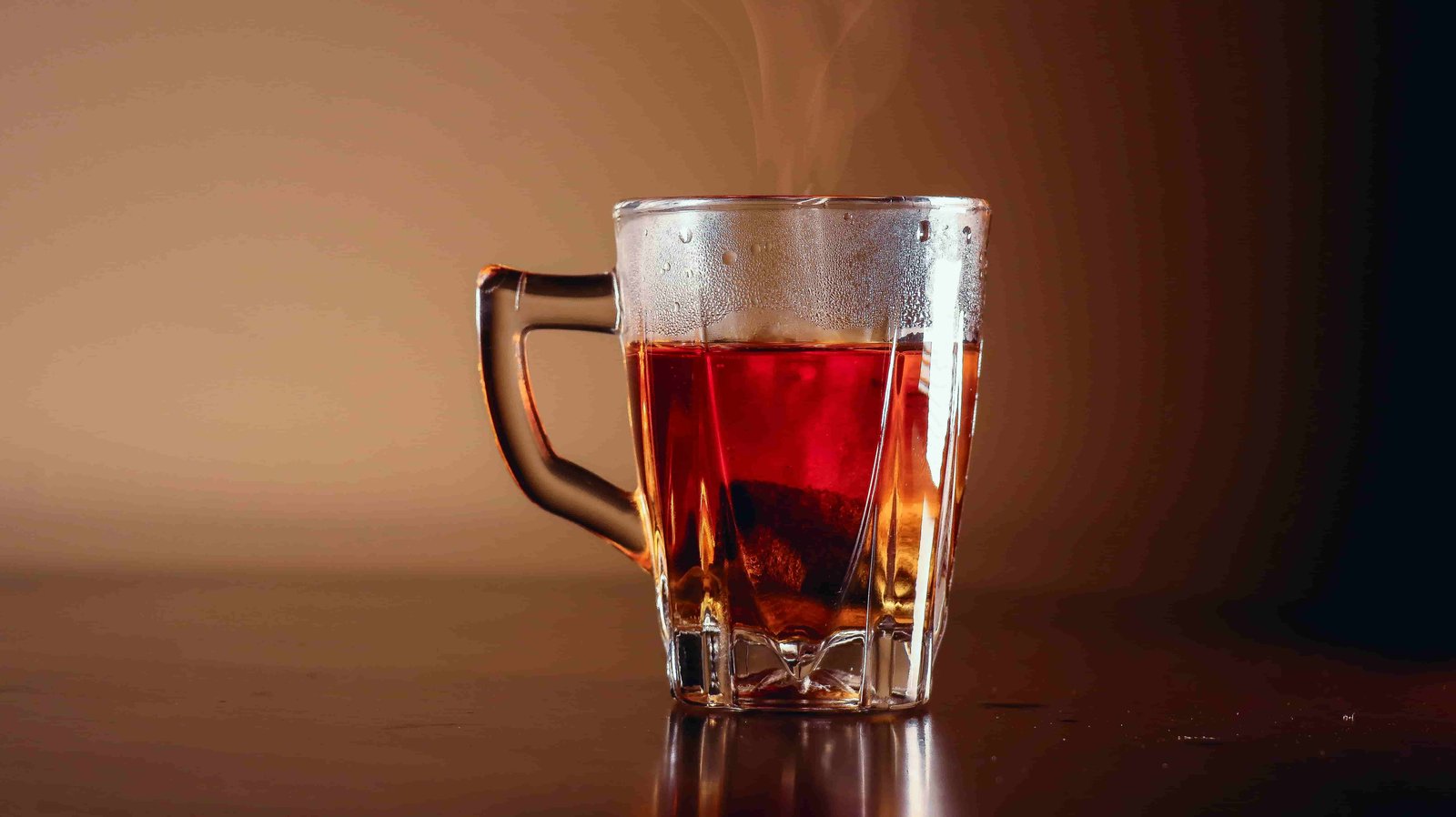
In a world that often moves at a frenetic pace, taking a moment to appreciate the beauty and diversity of tea traditions can be a grounding and enriching experience. So, the next time you lift a cup of tea to your lips, savor not only the flavor but also the centuries-old stories and cultural nuances that make each sip a journey around the world.



